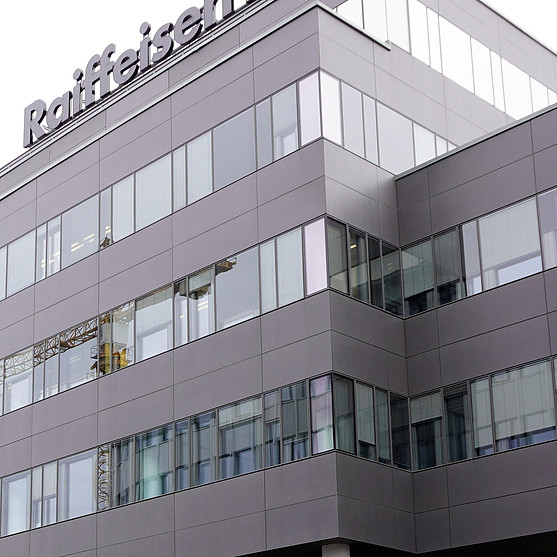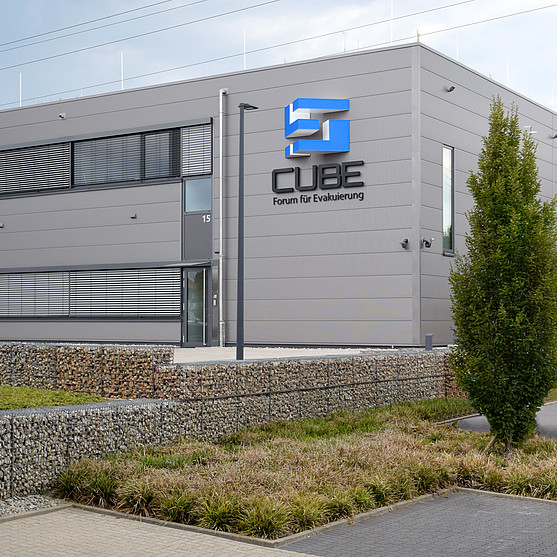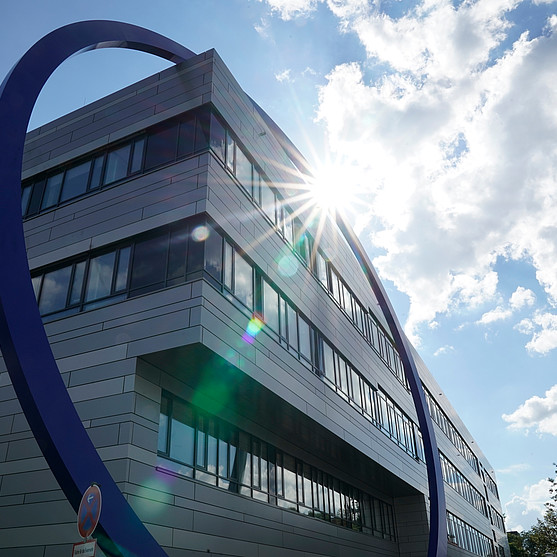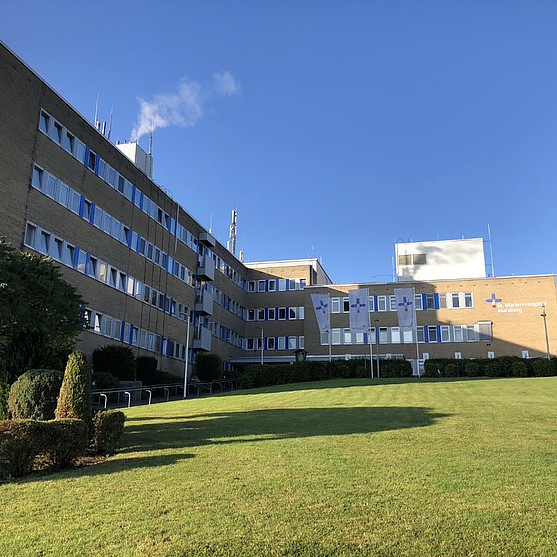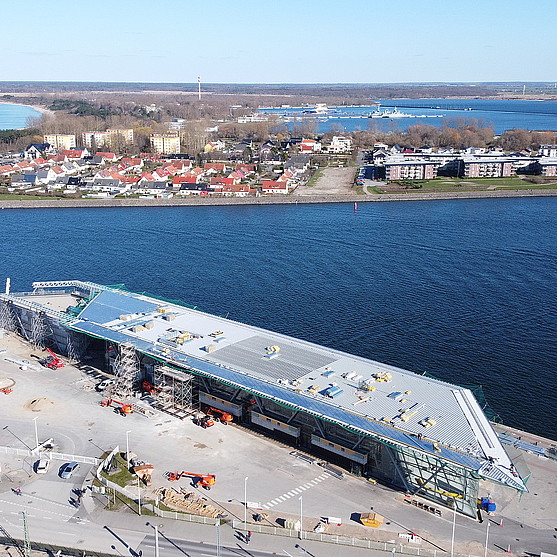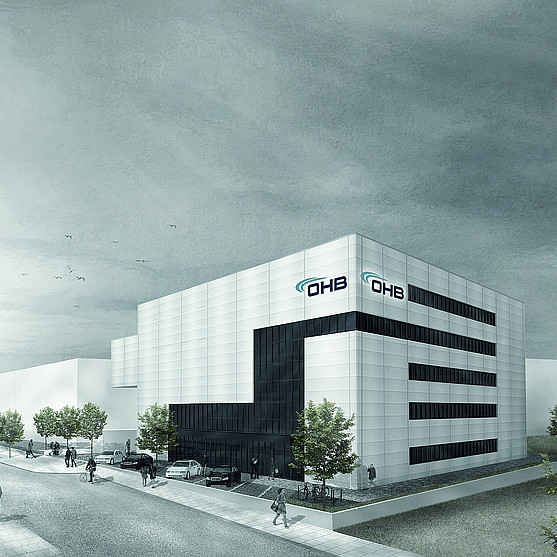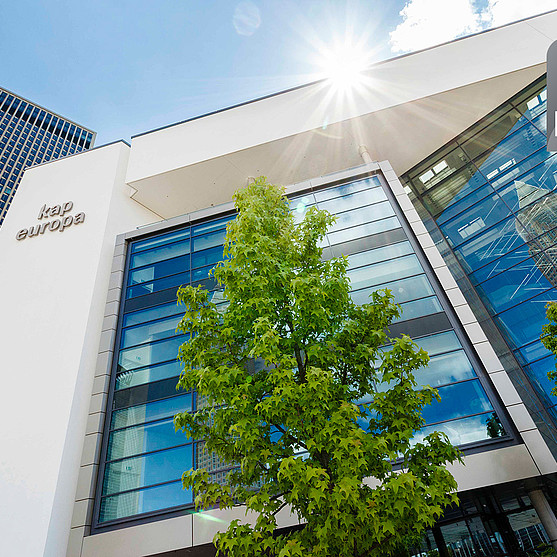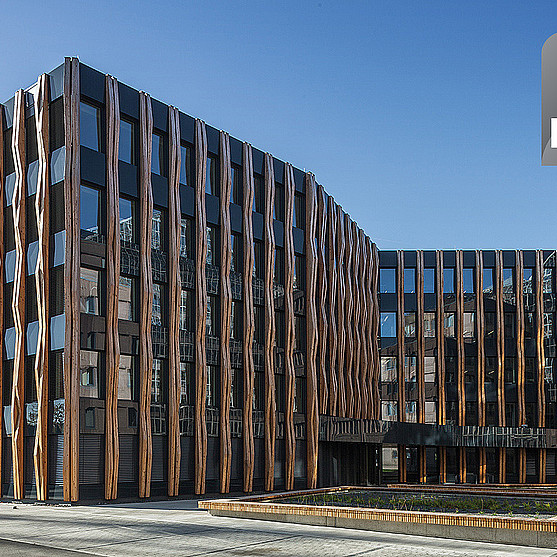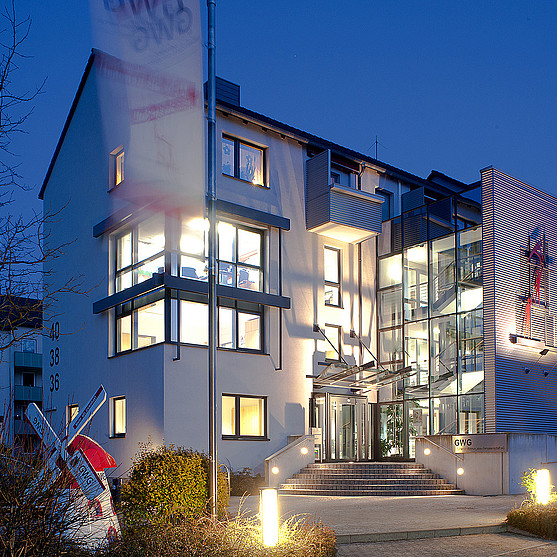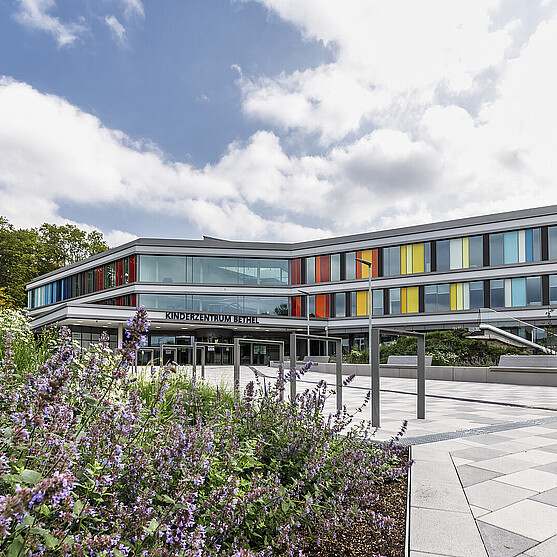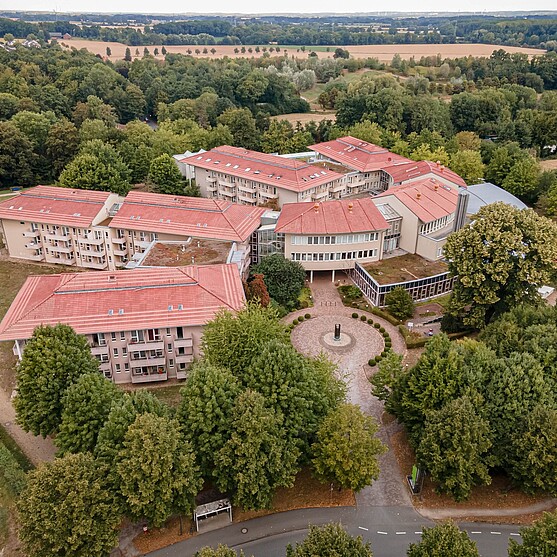![[Translate to Englisch:] Mercedes-Benz-Motorenwerk Mercedes-Benz engine plant](/fileadmin/_processed_/5/6/csm_China_Beijing_BENZ_Plant_02_96dpi_CR_Kieback_Peter_853c9cbc36.jpg)
The engine plant in Beijing is the first of its kind to be operated by Daimler AG outside of Germany. Over 100 employees work here producing four and six-cylinder engines for the Chinese market. In the first development phase, the plant has a capacity of 250,000 units per year. Kieback&Peter was able to put its many years of experience in the automotive industry to use at the plant: The automation system installed in Beijing guarantees the reliable operation of the factory, which spans an area of 300,000 square meters.
Energy-efficient operation in accordance with ISO 14001
Daimler commissioned the Kieback&Peter project team, headed up by Taylor Wang, to design a system to control the automation stations for water, energy and waste, and allow the factory to run in an energy-efficient manner. The company also wanted the system to manage the energy requirements and consumption of the factory building, offices and the factory’s gas station.
Daimler wanted the comprehensive solution for the plant to include a building management system (BMS) with integrated energy management system (EMS). Kieback&Peter also faced the challenge of integrating the building management system into Daimler’s IT landscape. Daimler also required individual room controls to enable the rooms in the factory to be heated according to requirements. Daimler’s aim was to ensure that the factory could be run as energy efficiently as possible. This included rooms not being heated or cooled unnecessarily.
When designing the EMS, Wang and his colleagues were faced with the challenge of collecting and evaluating data from around 500 electricity meters, 40 metering points for hot and cold water and meters for compressed air via one system. The Daimler company policy states that all plants worldwide must comply with the international environmental management standard ISO 14001. This requires various key performance indicators regarding the consumption of energy and resources to be determined. To do this, the company needed monitoring and reporting tools to analyze the meter data and process it clearly.

QANTEON: BUNDLING OF BMS AND EMS IN ONE SYSTEM
The automation system implemented by Taylor Wang and his employees in Beijing bundles BMS and EMS via the Qanteon software developed by Kieback&Peter: The employees at Daimler use this platform-independent management software to monitor and control supply and consumption in the entire factory. They do this using both mobile devices and desktop computers. In the Beijing engine plant, this mainly concerns hot and cold water, compressed air, the heating system and the radiators in the offices, as well as the lighting systems throughout the entire factory building.
The Kieback&Peter team first embarked on the integration of the SICALIS operating field – a system used for the operation, monitoring and diagnostics of plants in the automotive industry – back in 2014 in cooperation with the IT department at Daimler. In October 2015, Kieback&Peter China handed over the entire system so that Daimler could put it into operation.
Linking Qanteon with type DDC4000 outstations has enabled the buildings and energy managers at Daimler to access all data systematically. The stations measure, regulate and control the operational systems in the Beijing plant. They also represent the communication interface with the room level.
Kieback&Peter installed the technolon system in the rooms and halls of the Beijing plant. The system works on the basis of the LON standard and brings sensors and actuators from the different systems together so that they can communicate with one another and thus save energy. en:key controls the requirements-based heating in the rooms. The wireless system consists of an intelligent room sensor and a valve controller. The sensor recognizes when there is no one present in the room and transmits a wireless signal to the controller to reduce the temperature. This results in a 20 percent savings in heating energy on average.
en:key creates a usage profile for the room and brings the room to the desired temperature when it is in use. The system is self-sufficient, meaning there are no batteries or cables.
The wireless devices communicate via the EnOcean wireless standard. They are integrated in the building management system via an EnOcean BACnet interface. Kieback&Peter also integrated the light control system from another manufacturer via EnOcean.

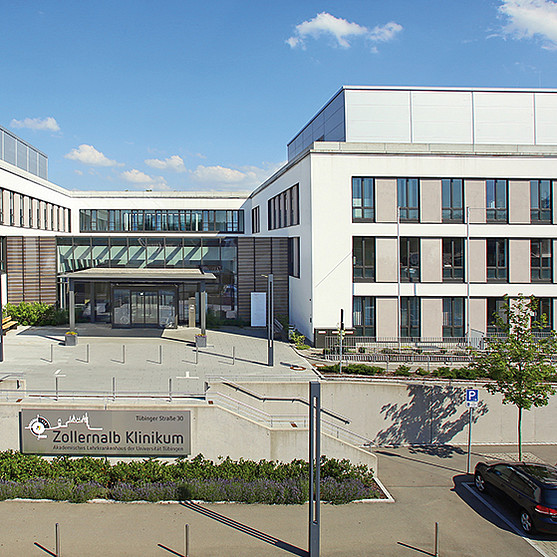
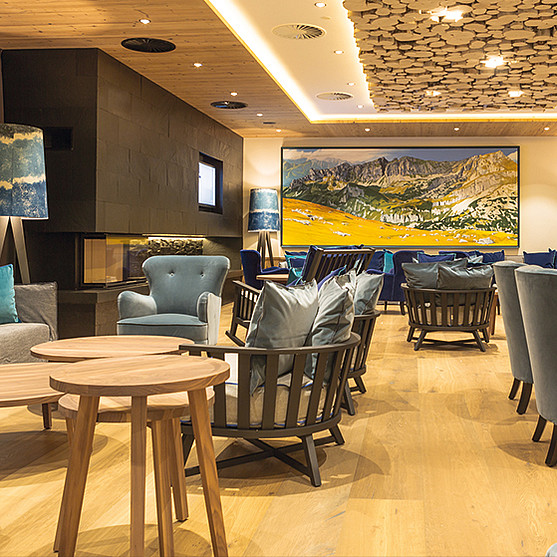
![[Translate to Englisch:] Elbdeck [Translate to Englisch:] Elbdeck Hamburg](/fileadmin/_processed_/9/b/csm_11_Deutschland_Hamburg_Elbdeck_3011f21c3c.jpg)
![[Translate to Englisch:] Qu4drans Paris [Translate to Englisch:] Qu4drans Paris](/fileadmin/_processed_/f/2/csm_Qu4drans_e315f9ef8d.jpg)
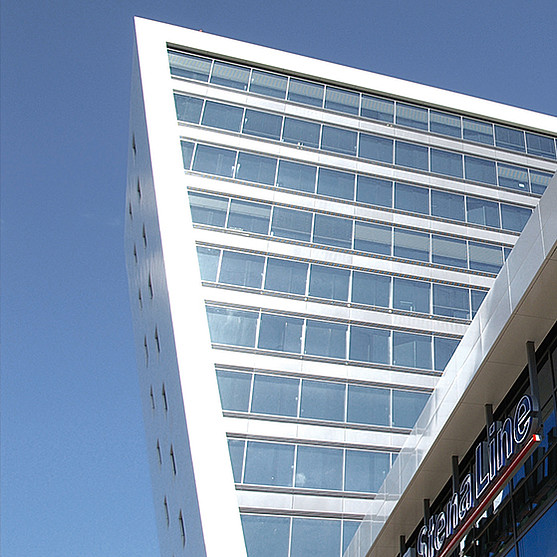
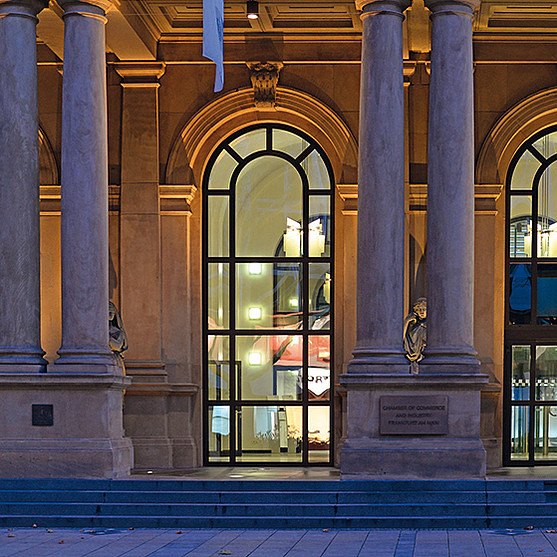
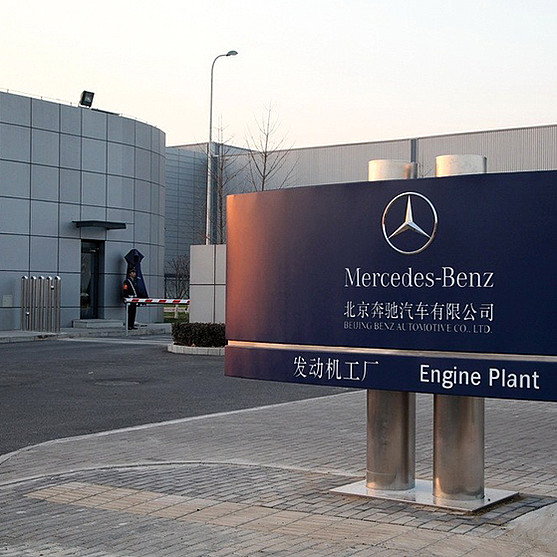
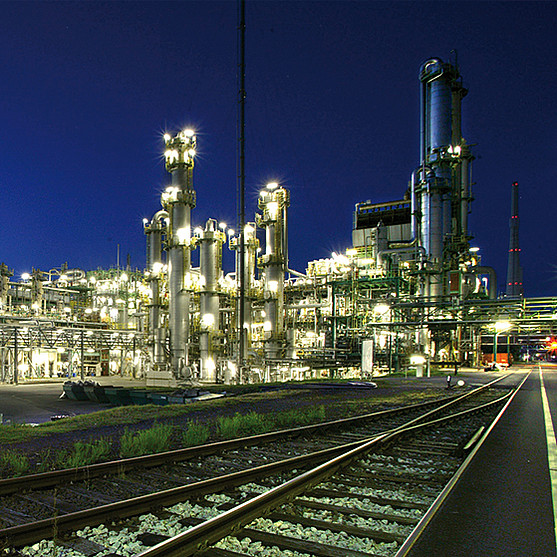
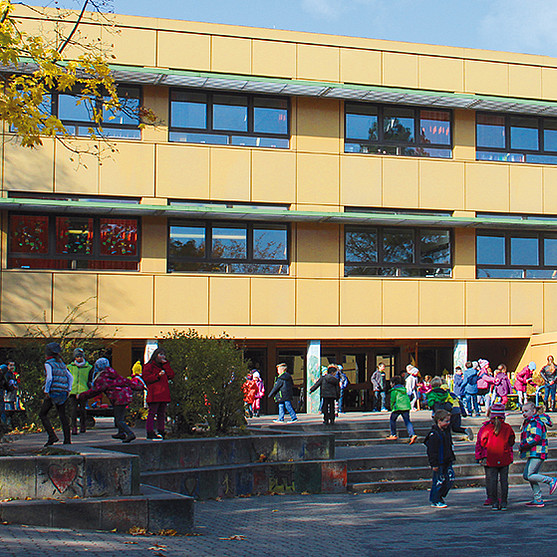

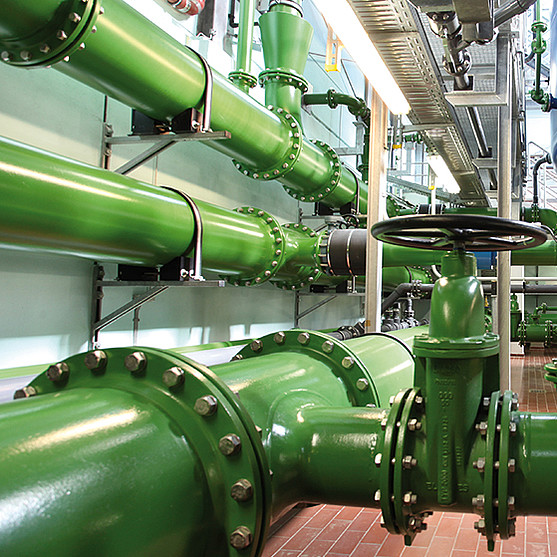
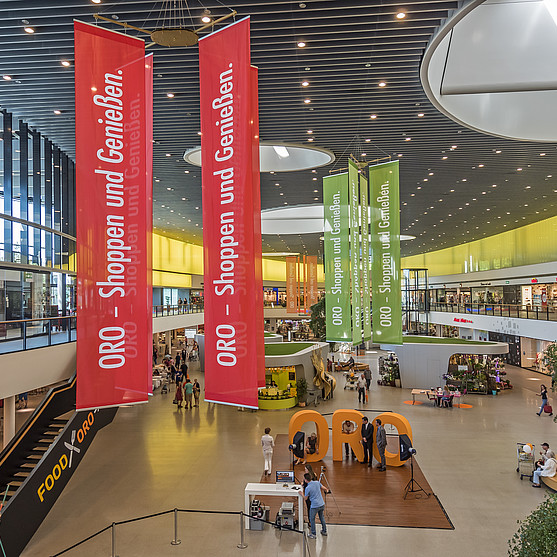
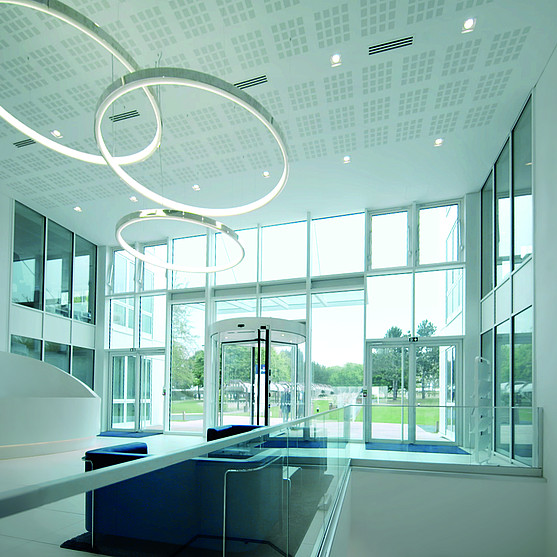
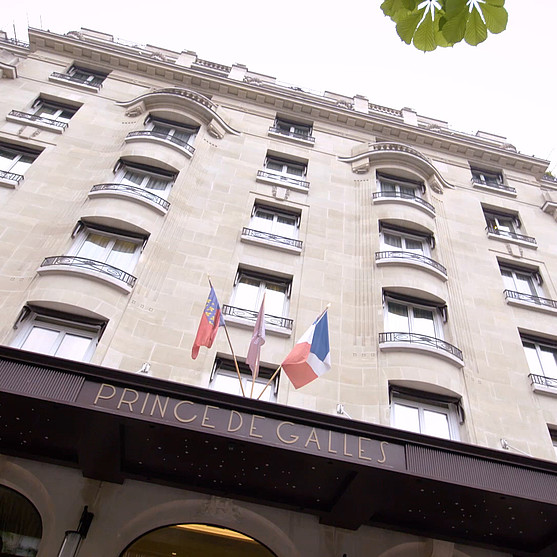

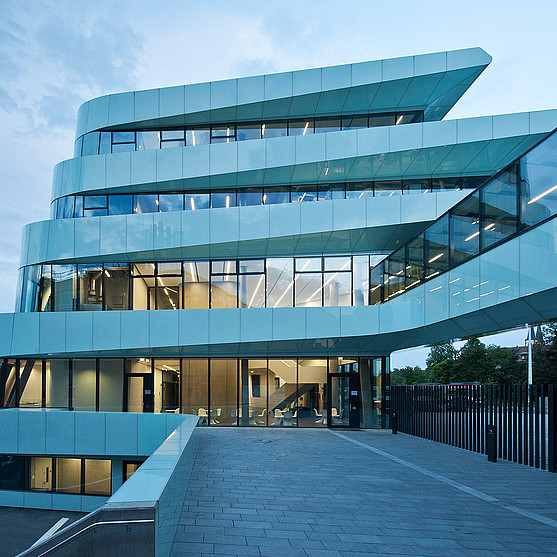
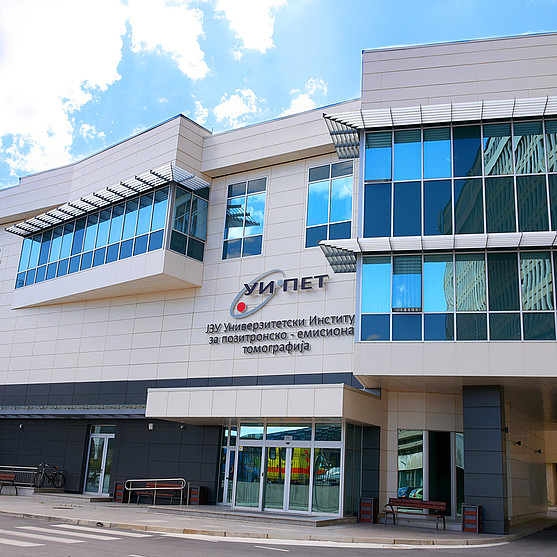
![[Translate to Englisch:] [Translate to Englisch:]](/fileadmin/_processed_/3/d/csm_L_T_Sporthaus_Osnabrueck_Indoor_kieback-peter_d47dda6a97.jpg)

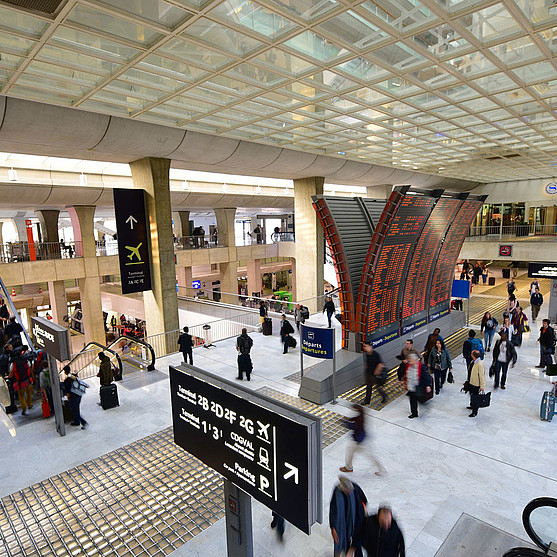
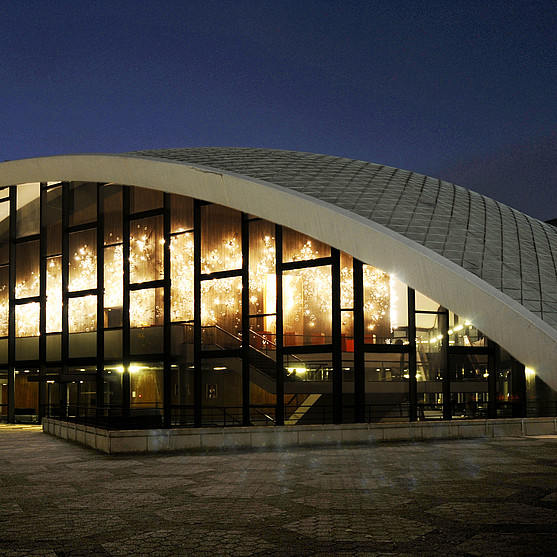
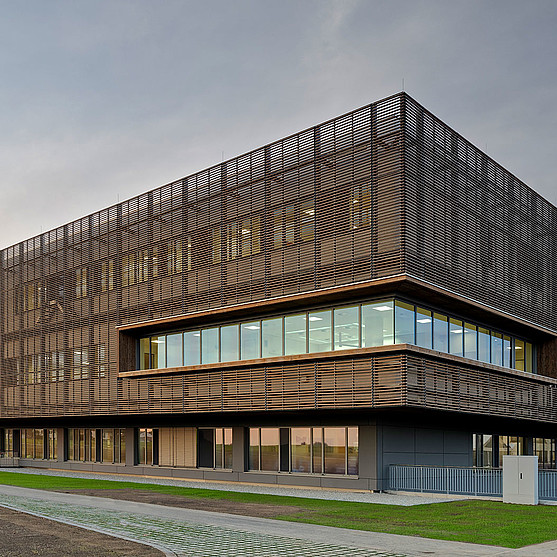

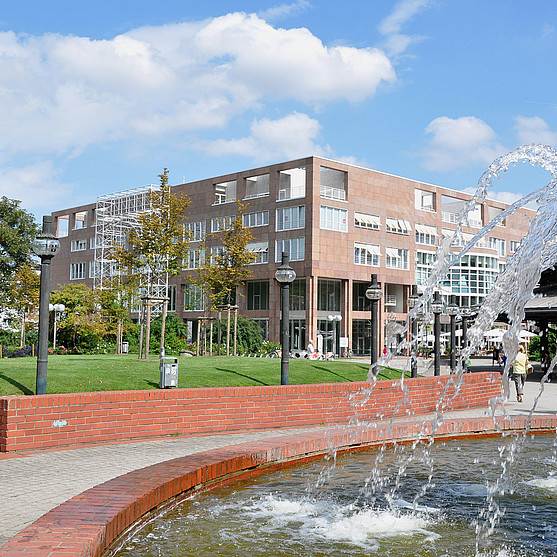

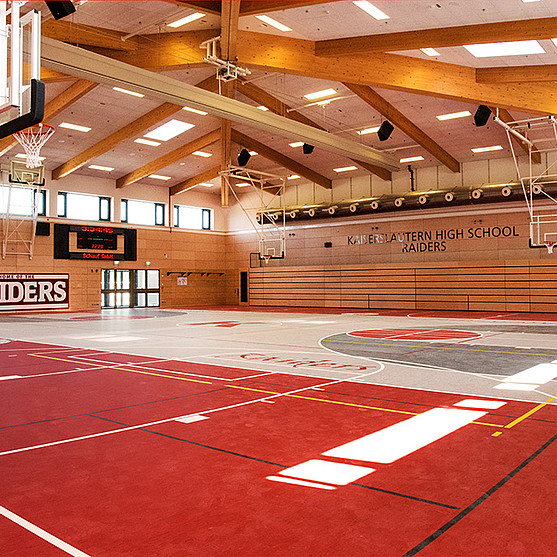
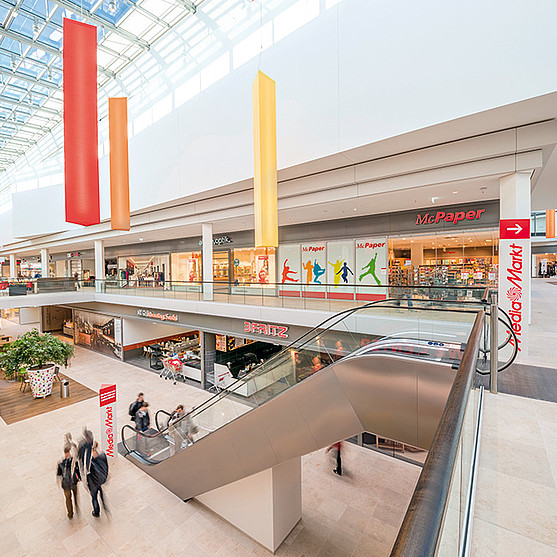
![[Translate to Englisch:] [Translate to Englisch:]](/fileadmin/_processed_/6/f/csm_flevo-krankenhaus-aussenansicht-kieback-peter_7f540b4b4f.jpg)
